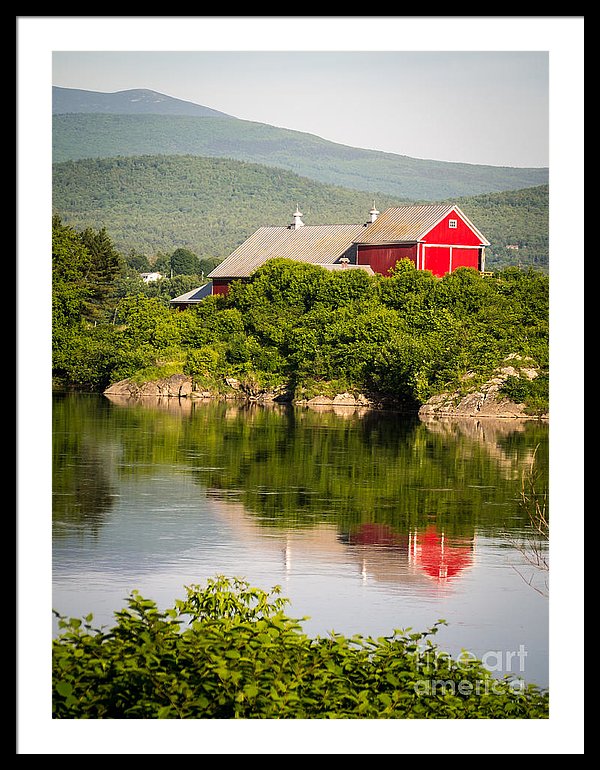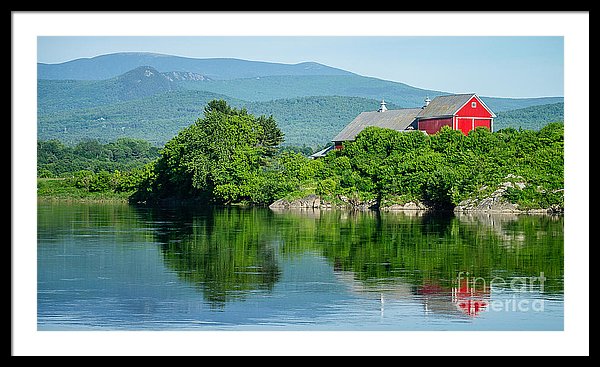I often find myself meandering along the Connecticut River that divides New Hampshire and Vermont. New Hampshire owns the river if you must know. Right up to the banks on the other side. With it comes the responsibility of paying for all of the bridges.
The boundary issue between Vermont and New Hampshire dates back to King George’s time of rule in the 1700’s. During this time, the land spreading from the Connecticut River westward was known as the New Hampshire Grants.
At that time, New Hampshire regarded the river as its own. New Hampshire officials and residents built bridges spanning the river and maintained them. In the History of New Hampshire, published in 1792, Jeremy Belknap wrote, “from a point near Hinsdale, New Hampshire, up to the forty-fifth degree of latitude, the western bank of that river is the western boundary of New Hampshire and the eastern boundary of Vermont.” – link
You can drive along on the New Hampshire side via Route 10 or on the Vermont side via Route 5. Both offer a treasure trove of landscape and scenic photography opportunities.
One day driving along the Connecticut River on Route 5 in I spotted this great scene and just had to pull over, pop on the hazard lights, carefully cross the road, hop the guard rail, fight the tick infested weeds and slippery mud at the bottom of a ravine to find the perfect spot to capture reflections coming off the slow moving water of the Connecticut (the CT River has a series a dams that control its flow and is used for hydro power).

The Connecticut River is the longest river in the New England region of the United States, flowing roughly southward for 406 miles (653 km) through four states. It rises at the U.S. border with Quebec, Canada and discharges at Long Island Sound. Its watershed encompasses five U.S. states and one Canadian province, 11,260 square miles (29,200 km2) via 148 tributaries, 38 of which are major rivers. It produces 70% of Long Island Sound’s fresh water, discharging at 19,600 cubic feet (560 m3) per second.
